
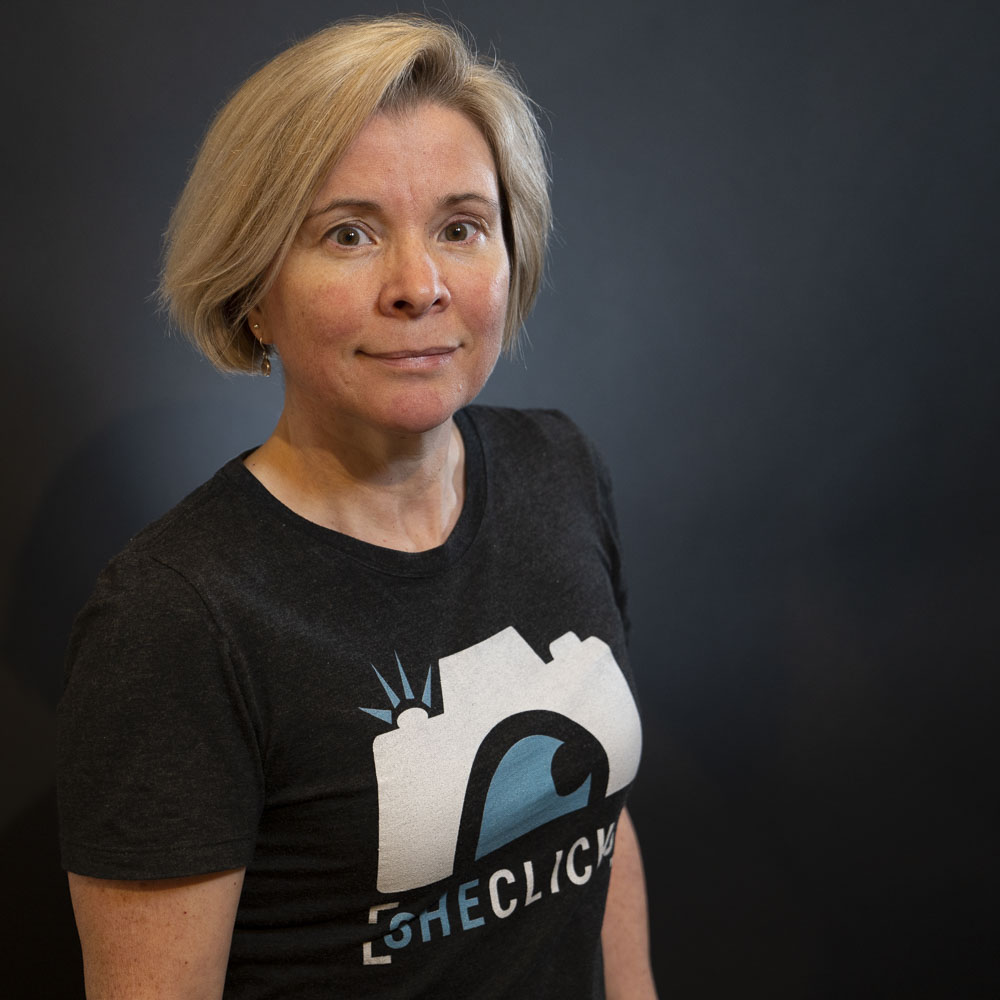
Wondering whether to go for the DJI Mavic 3 or DJI Air 2S? This article is here to help. To say we were impressed with the DJI Air 2S when it launched in April 2021 is an understatement. It makes a massive step-up from its predecessor, the DJI Mavic Air 2, with new automatic flying features, better object avoidance, enhanced communications with the controller and a fantastic improvement in image quality. No wonder it flew straight to the top of our best drone list; it's perfect for its target market of enthusiast aerial photographers and videographers, as our DJI Air 2S review attests.
However, at the beginning of November 2021, the DJI Mavic 3 was announced, pushing the boundaries of what we expect from a consumer drone and delivering features that will put a smile on the faces of well-heeled amateurs, pro videographers and aerial landscape photographers. To find out more, see our DJI Mavic 3 review.
Both drones are available in a standard package with the Air 2S retailing for GBP £899 / USD $999 / AU$1,699 and the Mavic 3 for GBP £1,879 / USD $2,199 / AUD $3,099, or in a 'Fly more Combo' kit costing GBP £1,169 / USD $1,299 / AUD $2,099 and GBP £2,549 / USD $2,999 / AUD $4,199 respectively, this gives you a couple of extra batteries and accessories to help you get more air time and better results.
There's also the Mavic 3 Cinematic which supports Apple ProRes 422 HQ video recording and features an onboard 1TB Solid State Drive, but it comes at a price that is likely to only be acceptable to pro aerial videographers – GBP £4,279 / USD $4,999 / AUD $7,199.
With those price differences in mind, we'll take a look at how the DJI Mavic 3 vs DJI Air 2S compare to help you decide which is the best choice of drone for you.
DJI Mavic 3 vs DJI Air 2S drone: design
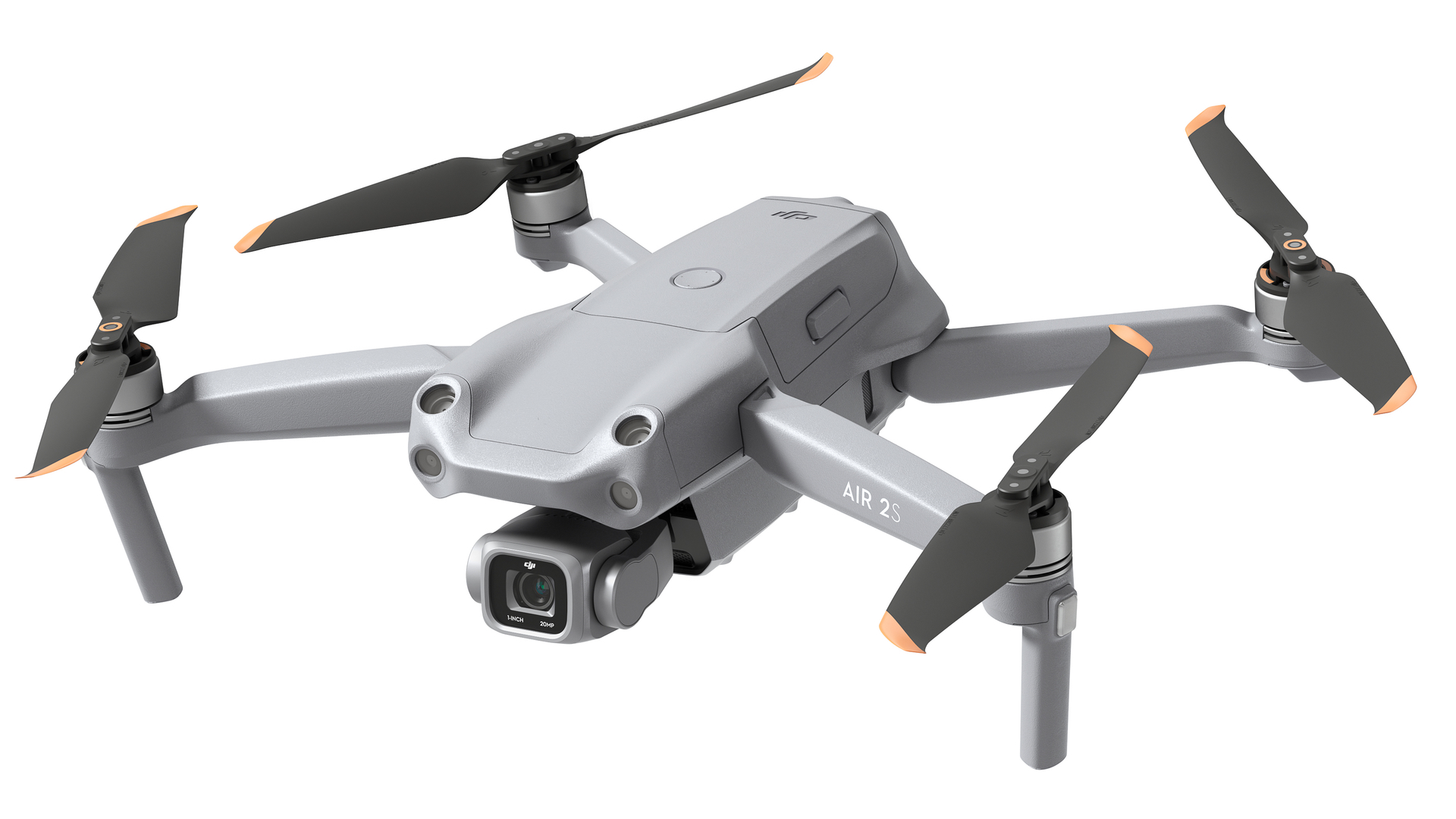
When they're folded, the DJI Air 2S (180x97x77mm) is appreciably smaller than the Mavic 3 (221x96.3x90.3mm) and its 300g lighter, which adds up to make the Air 2S the easier drone to slip into your bag. However, the Mavic 3's weird rubbery gimp mask gives it better protection than the Air 2S's gimbal cover and it keeps the propellers tucked in against its sides.
With the arms unfolded and ready to fly, the Mavic 3 measures 347.5×283×107.7mm whereas the Air 2S is 183×253×77mm. In use, this is unlikely to make much difference unless you're keen on squeezing your drone through small gaps.
Sign up to the T3 newsletter for smarter living straight to your inbox
Get all the latest news, reviews, deals and buying guides on gorgeous tech, home and active products from the T3 experts
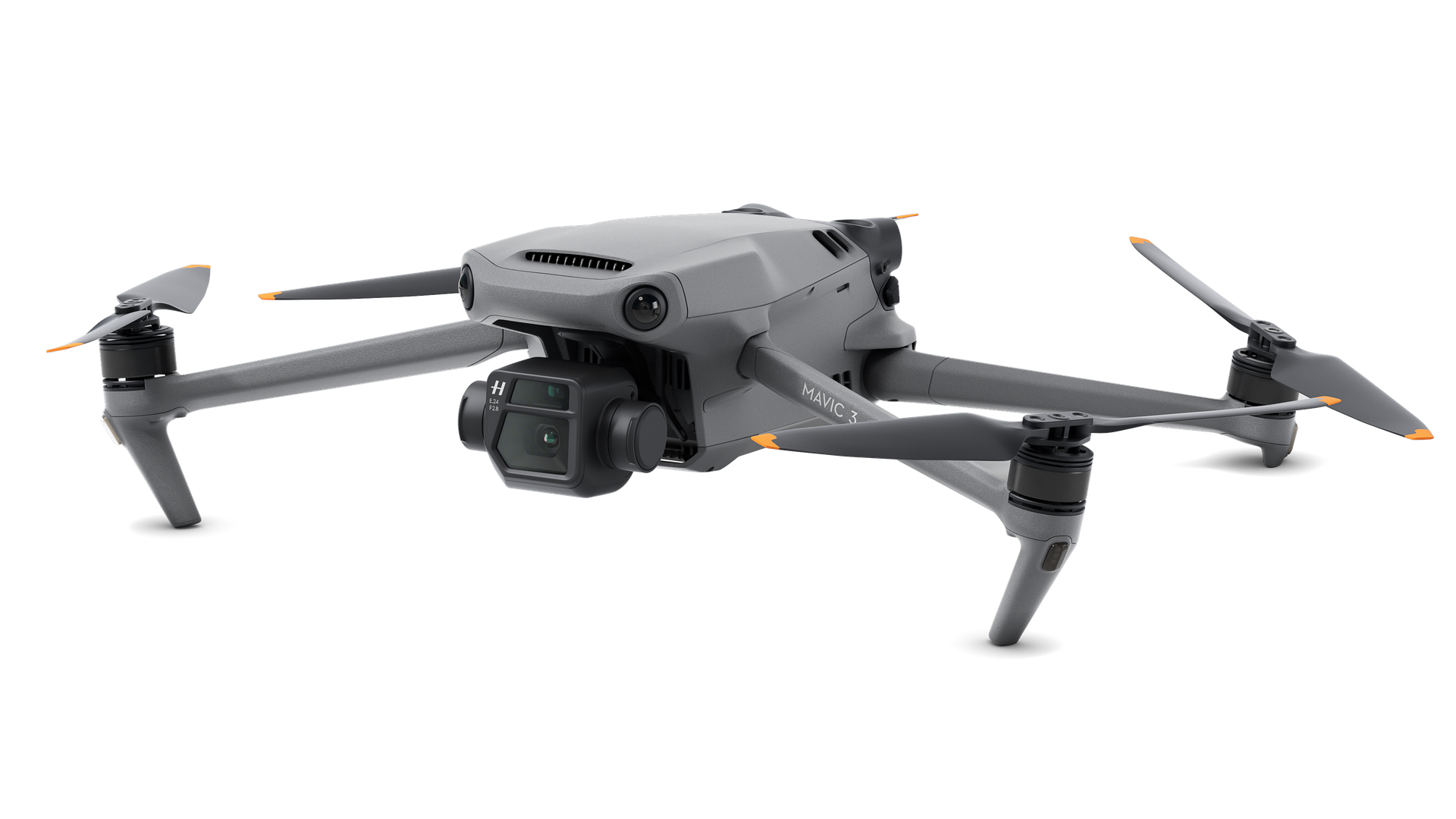
Not surprisingly, the Mavic 3 looks beefier than the Air 2S and it feels a bit more robust. The battery also slots in from the rear, rather than the top like the Air 2S.
As soon as you pop out the batteries, the reason for some of the size and weight difference between the two drones becomes apparent, the Mavic 3's battery is much bigger - but then it enables up to 46 minutes of flight rather than 31 minutes.
Winner: DJI Air 2S
- Want something less expensive? Find the best cheap drone
DJI Mavic 3 vs DJI Air 2S: features
We'll look at the cameras in the next section and concentrate on the rest of the drone and its controller here.
DJI has given the Air 2S object sensors that face forwards, backwards, upwards and downwards, but the sides aren't covered, which means if you're not careful you can shimmy sideways into a tree or another drone magnet. The Mavic 3, however, is able to see objects to its sides, making it a little safer in cluttered areas, although as with the Air 2S, there are times when you may want to turn off the object detection so you can fly through a confined space.
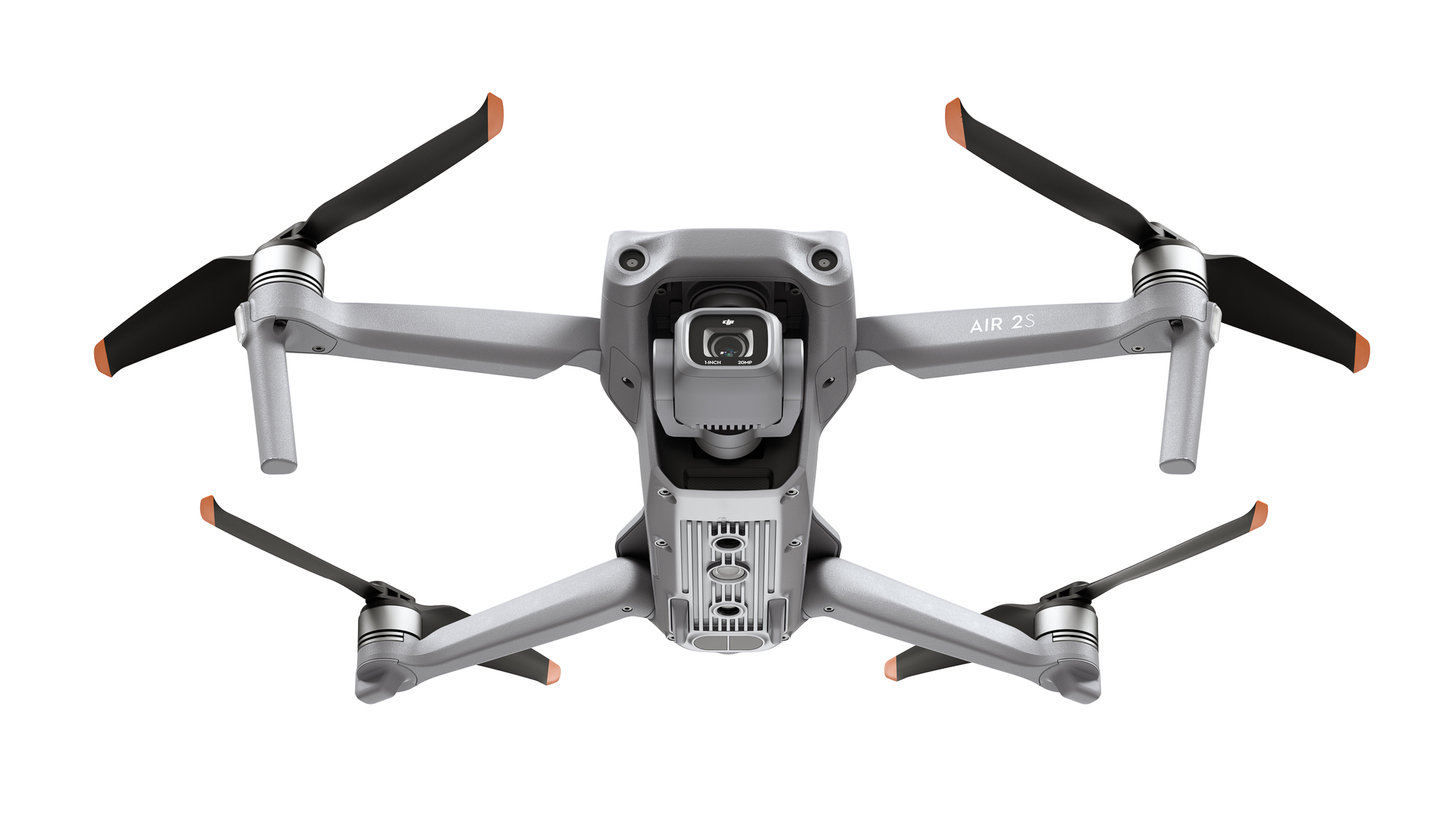
Both drones come equipped with DJI's Active Track, QuickShots and MasterShots systems, which handover some or all control to their clever technology to create smooth video in a range of different situations. These features are yet to be unlocked for the Mavic 3 (there's a firmware update promised for January), but it jumps from Active Track 4 in the Air 2S to Active Track 5 and, combined with the enhanced object sensing, it promises to deliver better tracking performance with less chance of a crash.
DJI supplies the RC231 (AKA RC-N1) controller with both drones, and they each use the DJI Fly app on a connected smartphone, so there are no differences to report here. However, at 15Km, the Mavic 3's transmission distance is 3Km further than the Air 2S's. That takes the drone way beyond visual line of sight, which requires special permission, but it should mean that the Mavic 3's connection is just a fraction more reliable at close quarters.
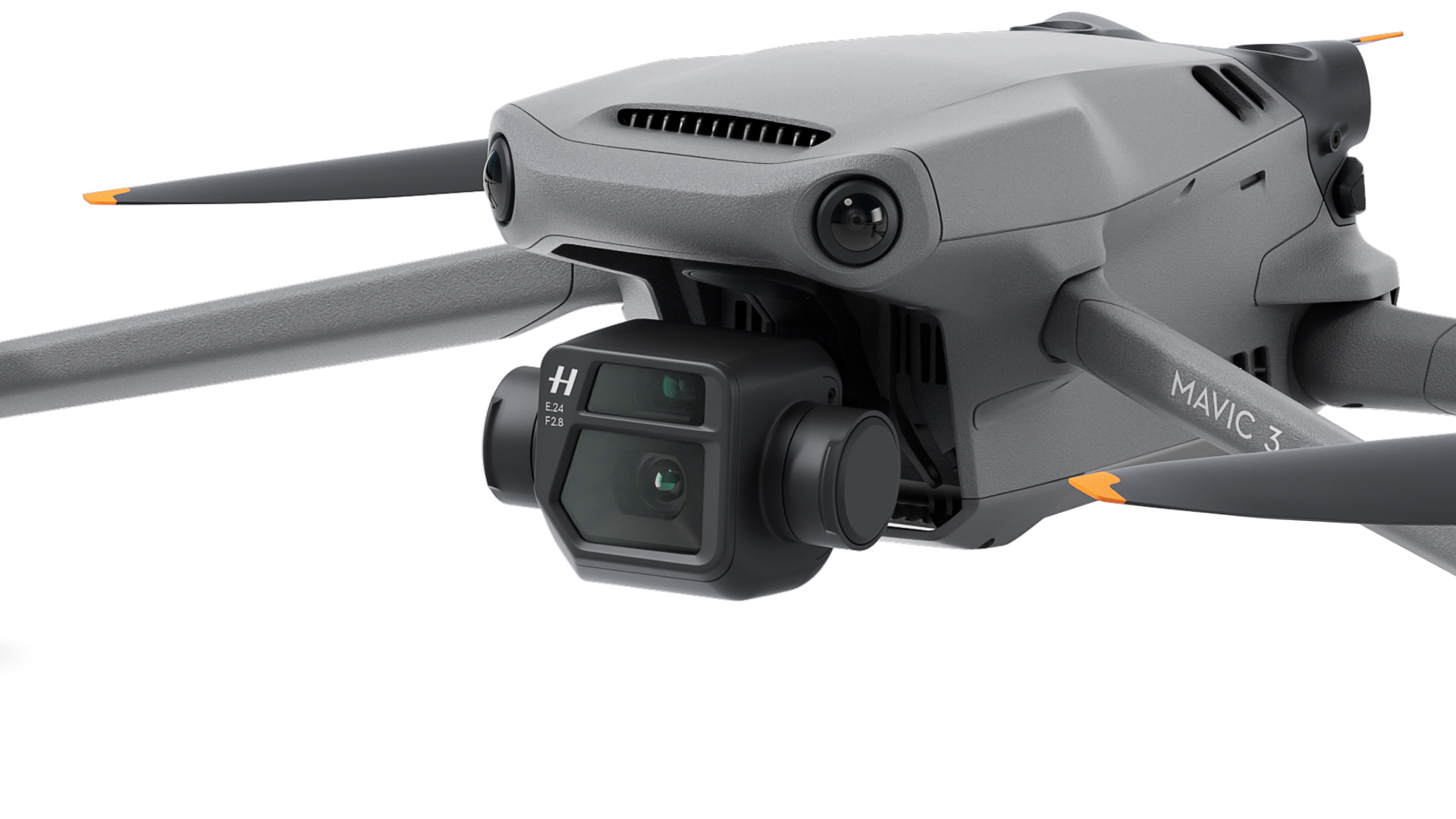
The Mavic 3 also has an Advanced Return to Home (RTH) feature that enables it to work out the most efficient route back to its starting point, taking windspeed into account, reducing the chance of the drone deciding to head home earlier than necessary or running out of juice too quickly.
Slow, steady flying is ideal for videography, and neither drone disappoints in this respect, but fast flying is more fun and means you can get the drone into position for shooting quicker. Despite its extra weight, in a race to maximum altitude, the Mavic 3 beats the Air 2S with a top ascent speed of 8m/s rather than 6m/s, and in horizontal flight it can hit 75kph (46.6mph) while the Air 2S maxes out at 68.4kph (42.5mph).
Winner: DJI Mavic 3
- Learn to fly with the best kids drones
DJI Mavic 3 vs DJI Air 2S drone: camera performance
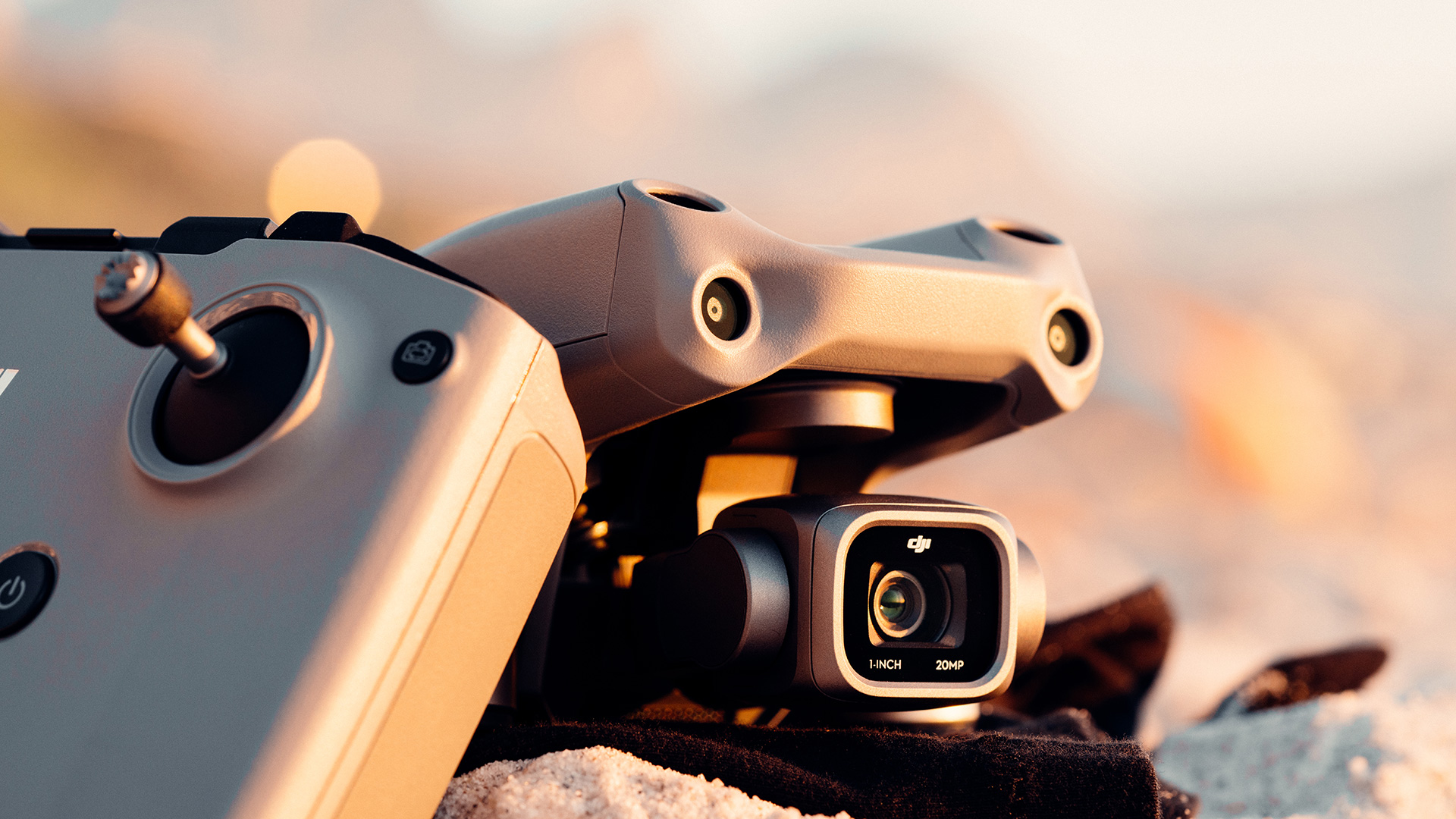
Inside the Air 2S's gimbal-mounted camera is a 20Mp 1-inch type CMOS sensor that's capable of producing excellent-quality RAW, JPEG and HDR images and superb video. Its maximum video resolution is 5.4K at 30 frames per second (fps), but it can also shoot 4K (3840 x 2160) footage at up to 60fps or Full HD at up to120fps.
There are two cameras on the Mavic 3 with the main one using a 20mp Four Thirds type sensor. That means the sensor is almost twice the size of the sensor in the Air 2S and it gives the Mavic 3 a distinct advantage with regards to image quality, it's like having a decent mirrorless camera up in the air. It's capable of shooting 5.1K video at up to 50fps, DCI 4K (4096x2160) at up to 120fps and Full HD at up to 200fps.
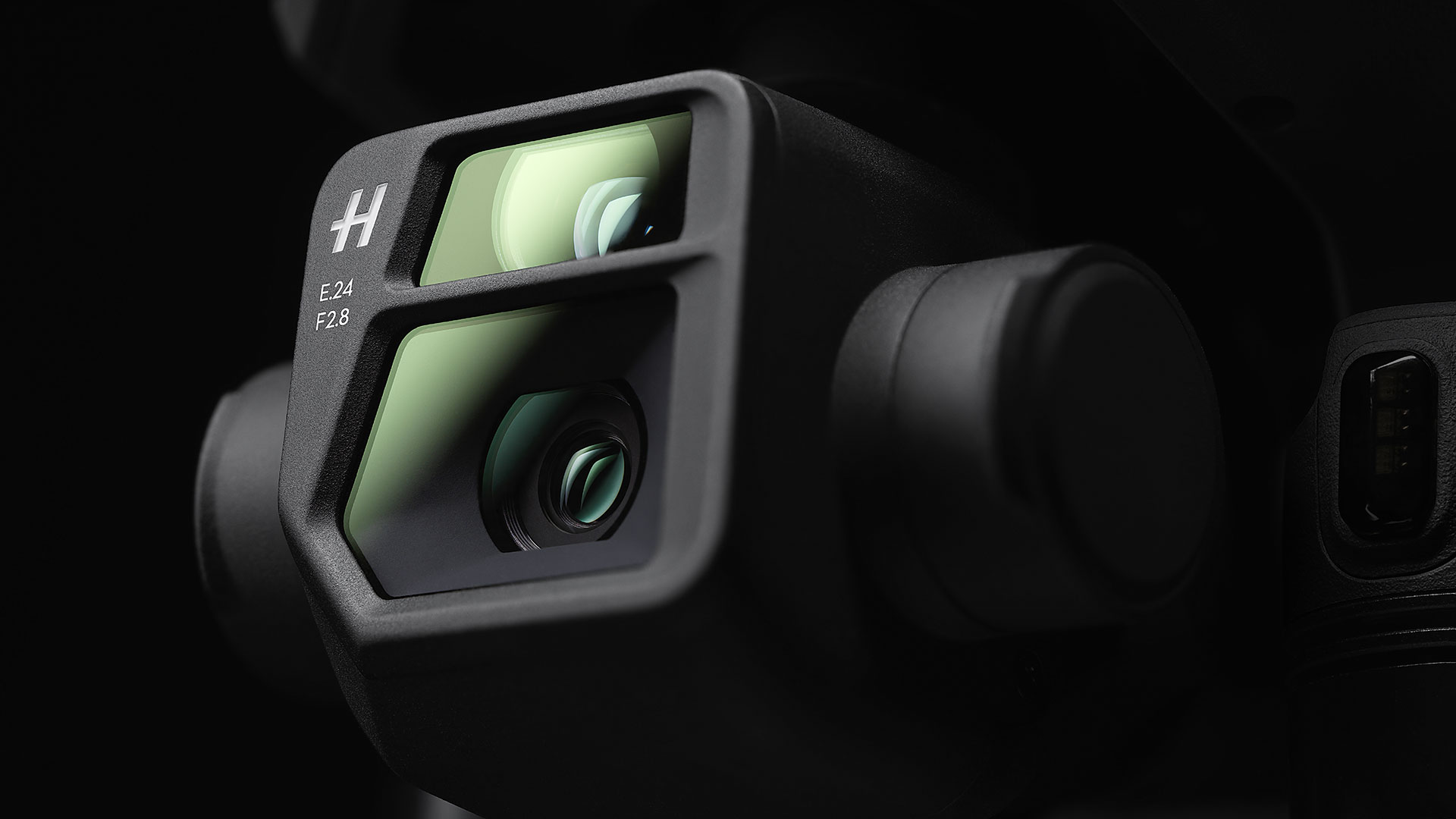
Also, rather than having a fixed aperture (f/2.8 on the Air 2S), the Mavic 3 has a variable aperture with a range of f/2.8-f/11, which is useful for keeping the shutter speed under control when light levels change mid-flight.
The second camera on the Mavic 3 isn't really the best option for photography or videography but the 162mm (equivalent) f/4.4 lens and up to 28x hybrid zoom are useful for checking objects in the distance to see whether it's worth flying closer to get a shot with the 24mm lens on the main camera.
Winner: DJI Mavic 3
DJI Mavic 3 vs DJI Air 2S drone: which should I buy?
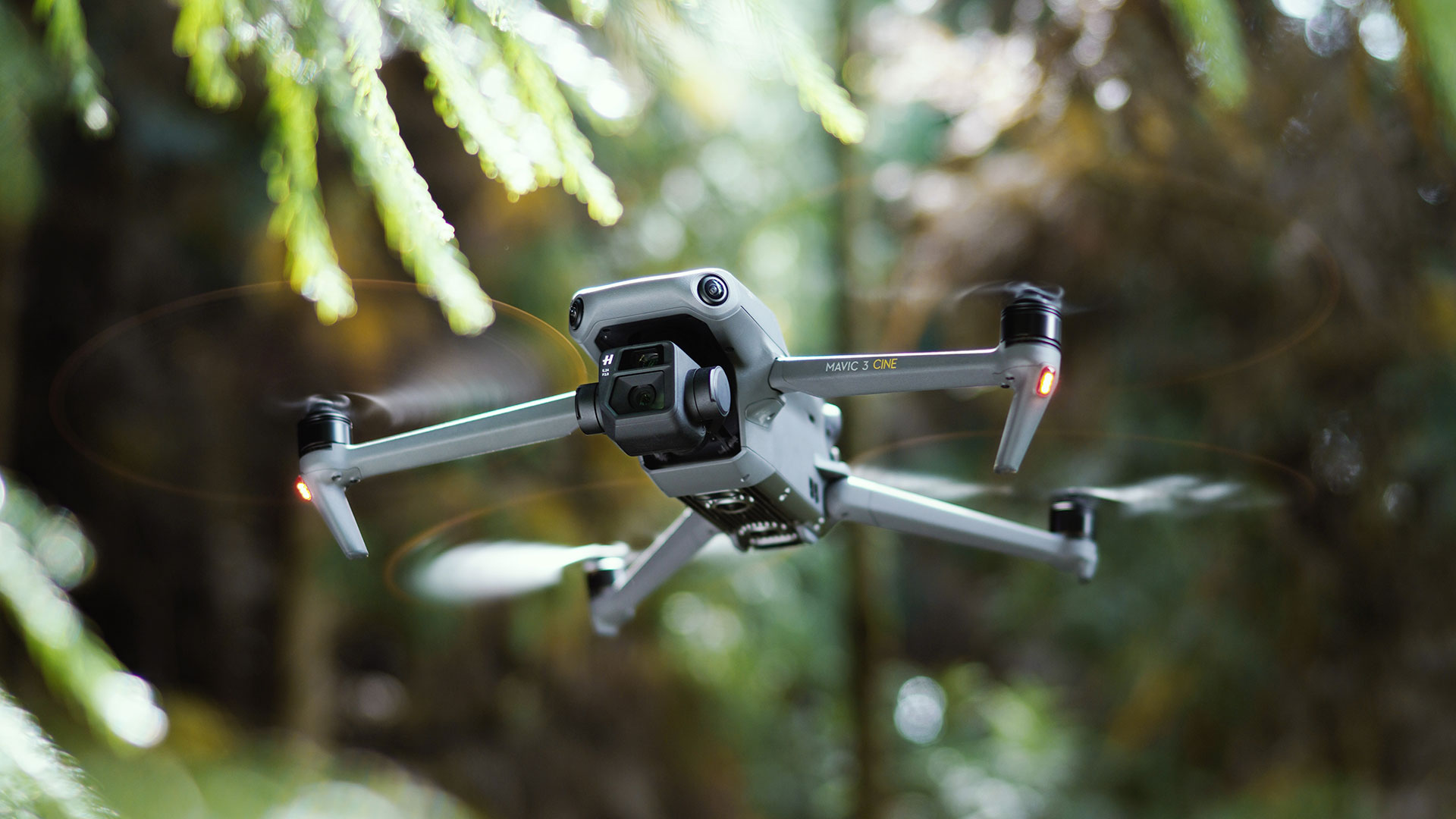
The DJI Air 2S has the advantage of being more portable than the Mavic 3, so it's easier to slip in a bag and you're more likely to take it with you 'just in case'. It's also very stable in the air, easy to fly, offers a great range of automatic and semi-automatic modes and is capable of producing superb-quality stills and video. It's unlikely to disappoint unless you see the images and video from the Mavic 3, which also brings extra object-sensing capability, enhanced safety features, faster speed, incredible battery life and outstanding image quality. The Air 2S is a great drone but the Mavic 3 is even better.
Overall winner: DJI Mavic 3
Angela has been Amateur Photographer magazine’s Technical Editor and Head of Testing for Future’s photography portfolio. She’s a widely respected editor, writer and reviewer as well as a CAA-qualified drone pilot.
-
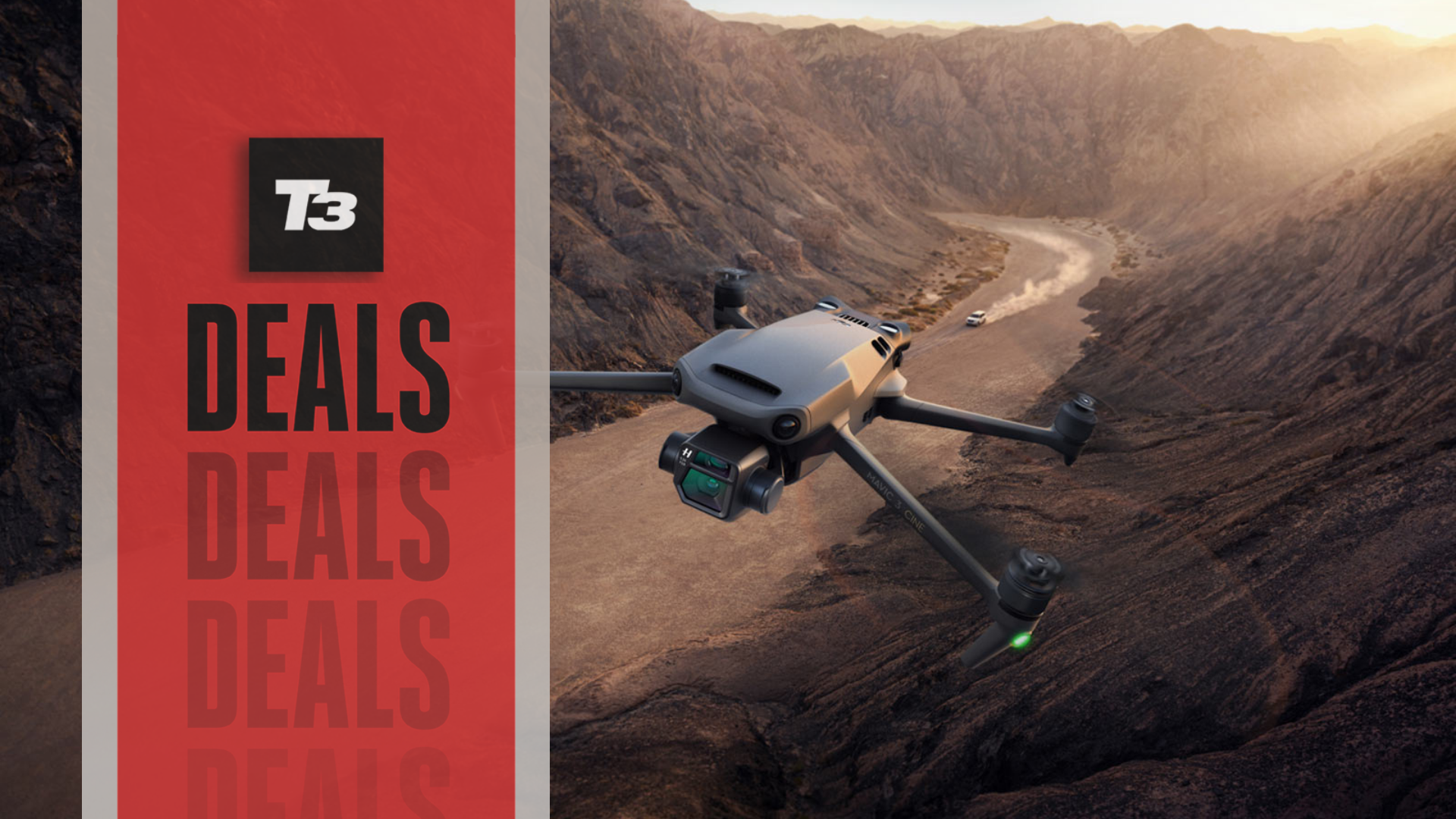 DJI Mavic 3's eye-watering price tag sees its first dip with this Amazon discount code
DJI Mavic 3's eye-watering price tag sees its first dip with this Amazon discount codeKnock AU$200 off the Mavic 3 or Mavic 3 Combo and AU$400 off the Mavic Cine right now
By Rian Howlett
-
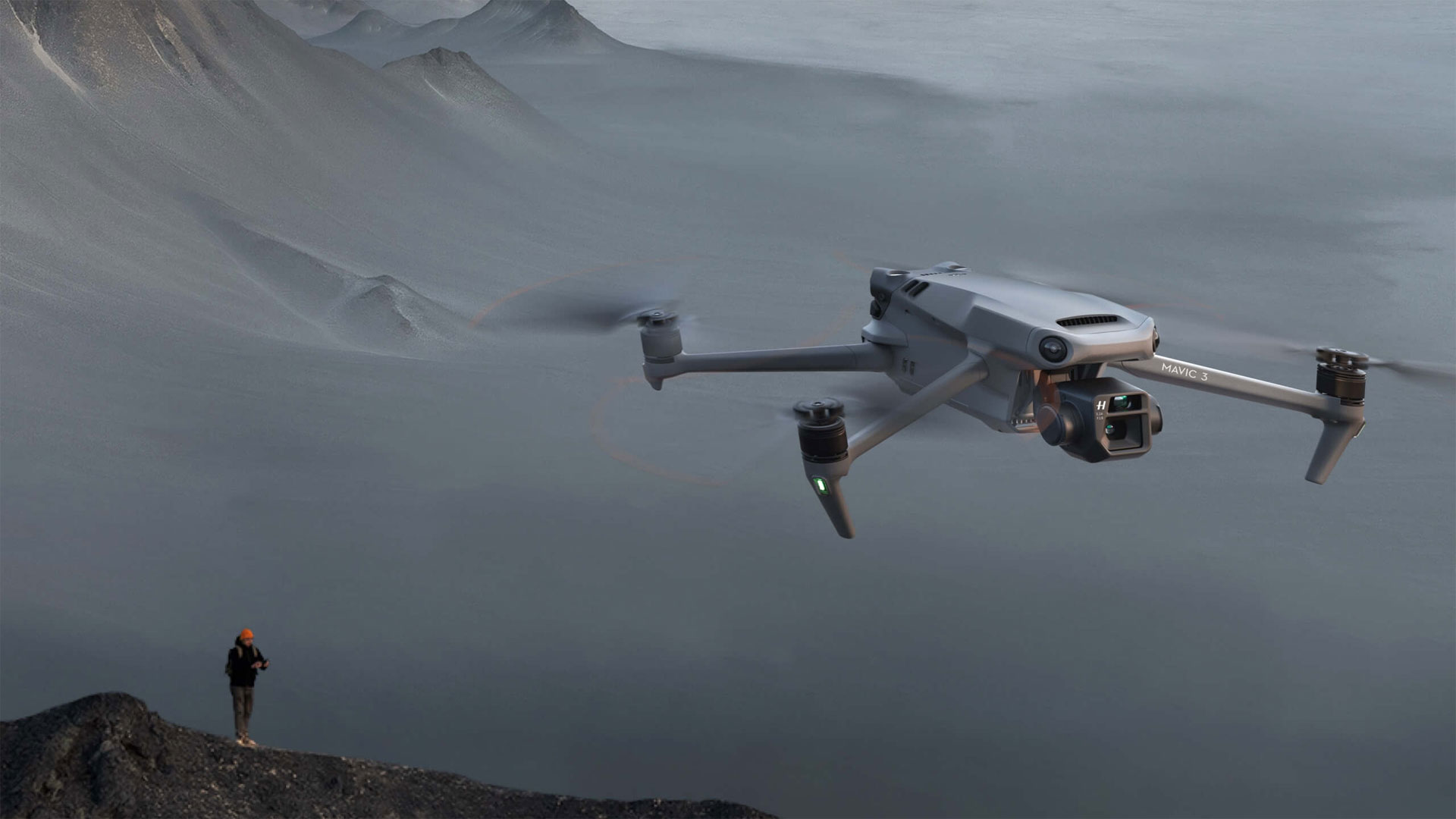 Should you buy the DJI Mavic 3 standard kit or Fly More Combo?
Should you buy the DJI Mavic 3 standard kit or Fly More Combo?If you're thinking about buying the DJI Mavic 3, you're probably wondering if the Fly More Combo is worth the extra cash. We've been giving it some thought…
By Angela Nicholson
-
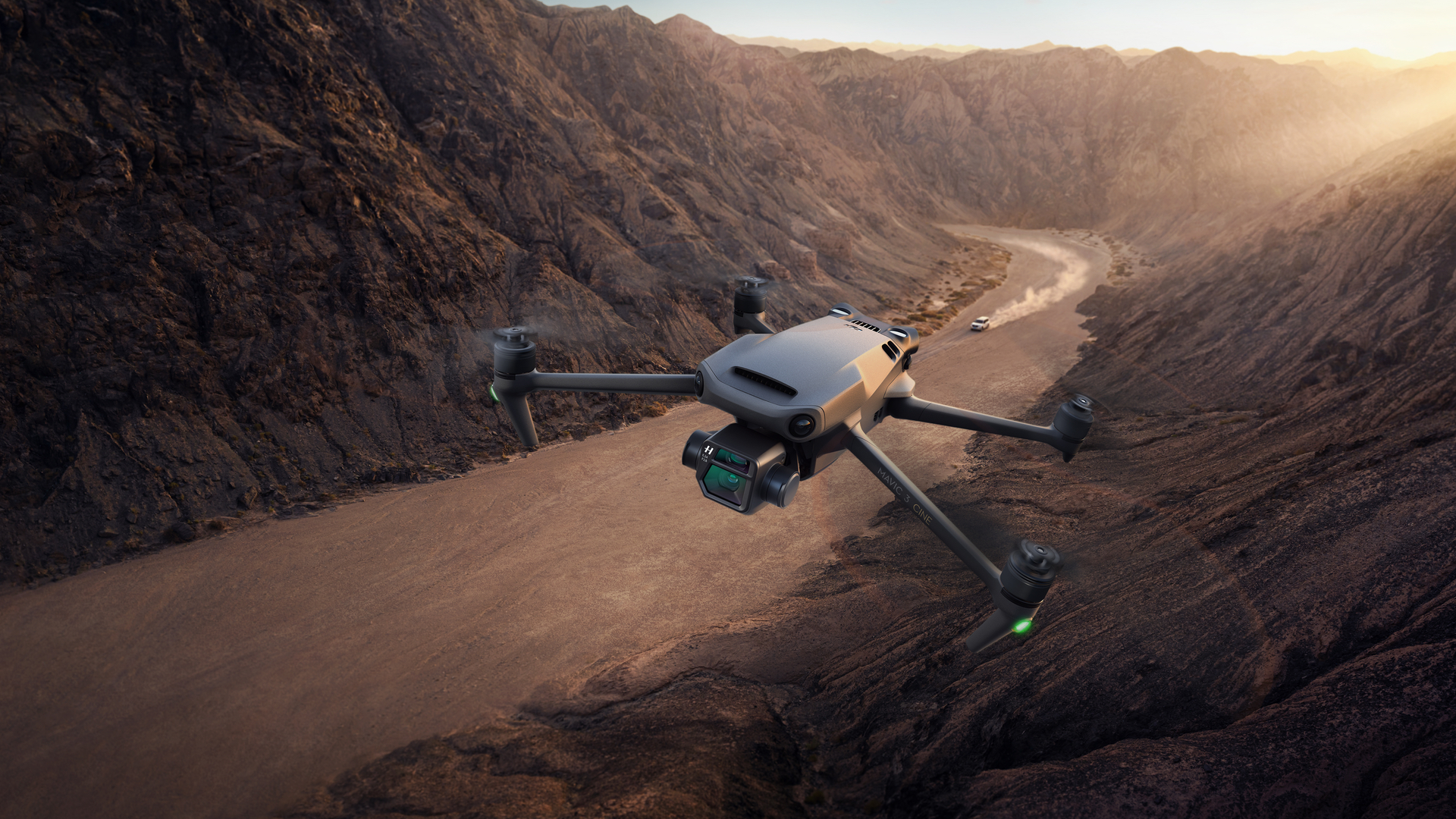 DJI Mavic 3 review: DJI's first compact pro drone is on an entirely different level
DJI Mavic 3 review: DJI's first compact pro drone is on an entirely different levelThe DJI Mavic 3 is a state-of-the-art aerial tripod drone for discerning videographers and photographers – here's our review
By Derek Adams
-
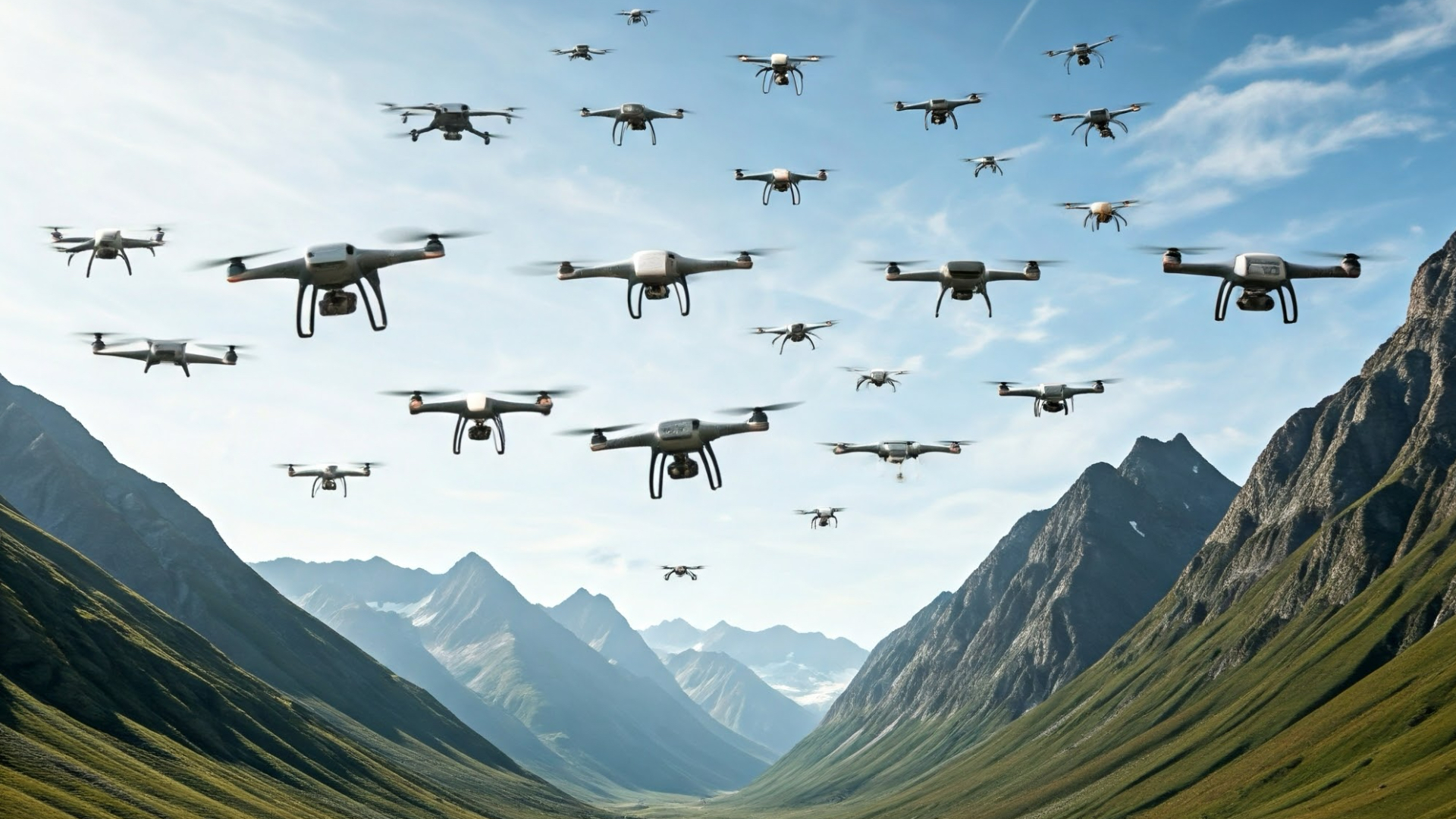 5 drone innovations I’d like to see in 2025 and beyond
5 drone innovations I’d like to see in 2025 and beyondLet's have more colour, longer flight times, modular cameras, drones that float and swarm technology
By Derek Adams
-
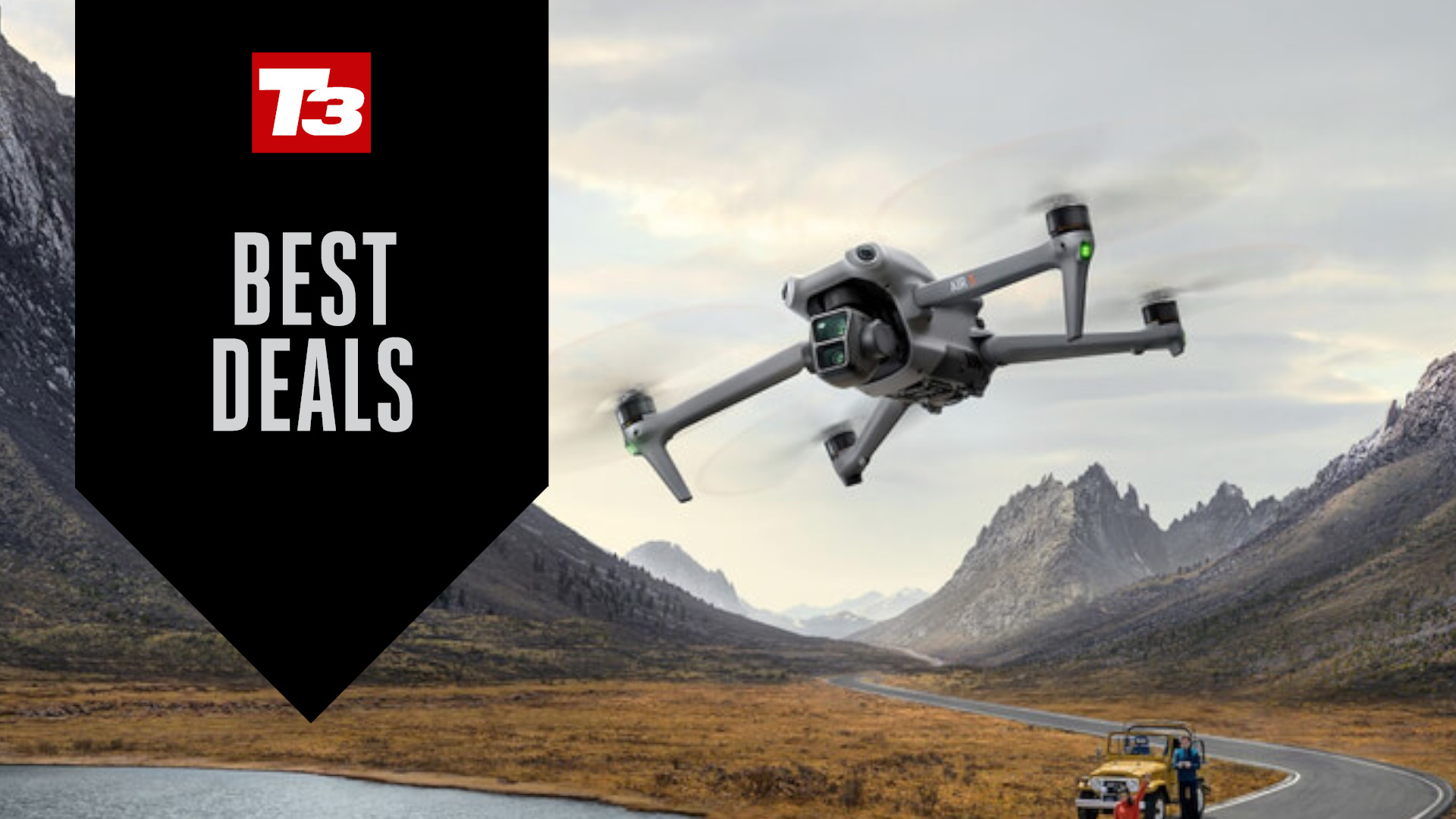 Hurry! DJI’s festive sale has up to 36% off drones, action cameras and more
Hurry! DJI’s festive sale has up to 36% off drones, action cameras and moreChristmas has come early people!
By Bryony Firth-Bernard
-
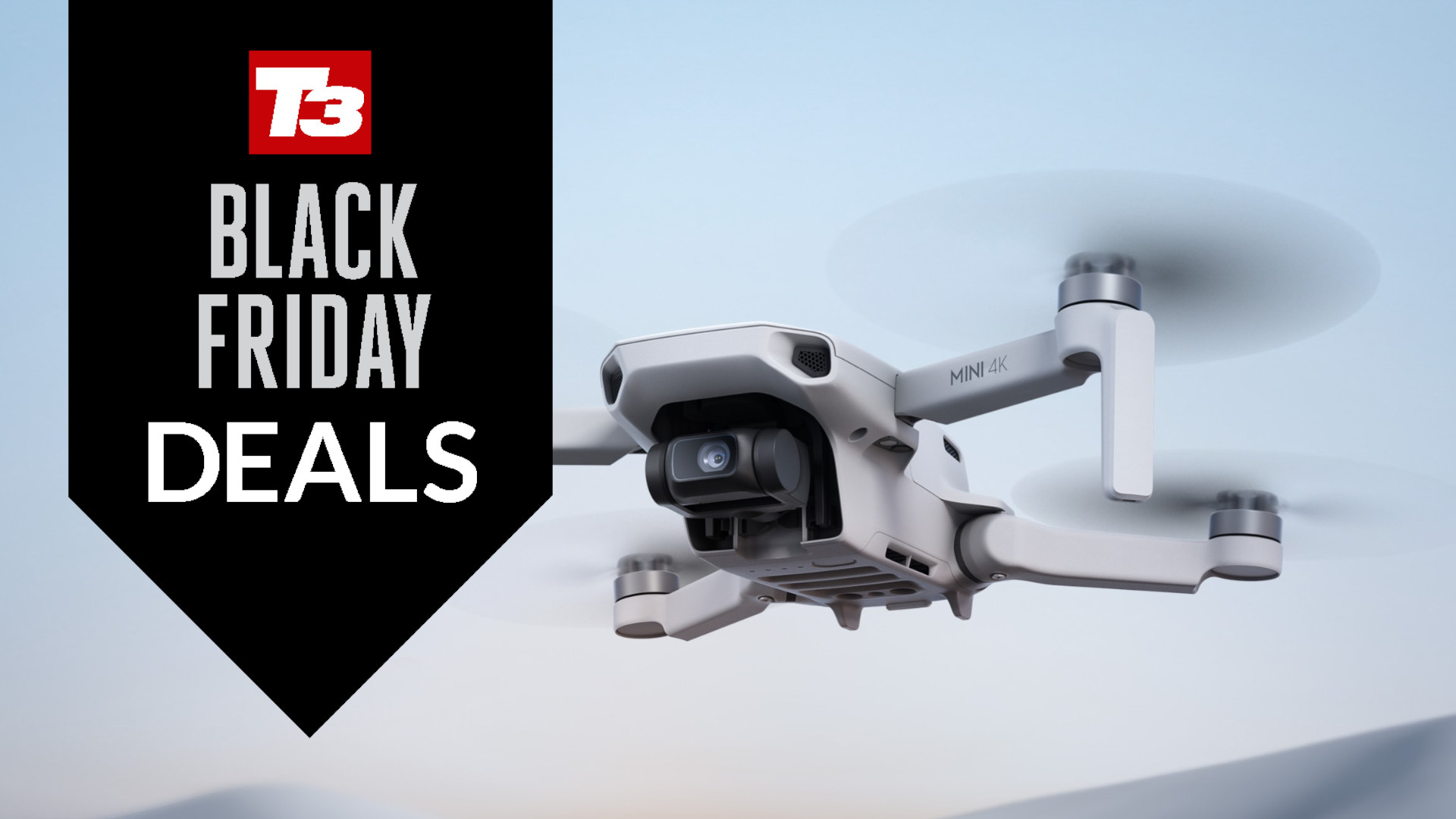 DJI’s best drone for beginner pilots suddenly drops to its lowest-ever price
DJI’s best drone for beginner pilots suddenly drops to its lowest-ever priceThe Mini 4K is less than $250 — don't let this amazing deal slip away!
By Bryony Firth-Bernard
-
 Quick! This 5-star DJI drone has $200 knocked off in Walmart’s Black Friday sale
Quick! This 5-star DJI drone has $200 knocked off in Walmart’s Black Friday saleThe AIR 2S Aerial is the ultimate camera drone
By Bryony Firth-Bernard
-
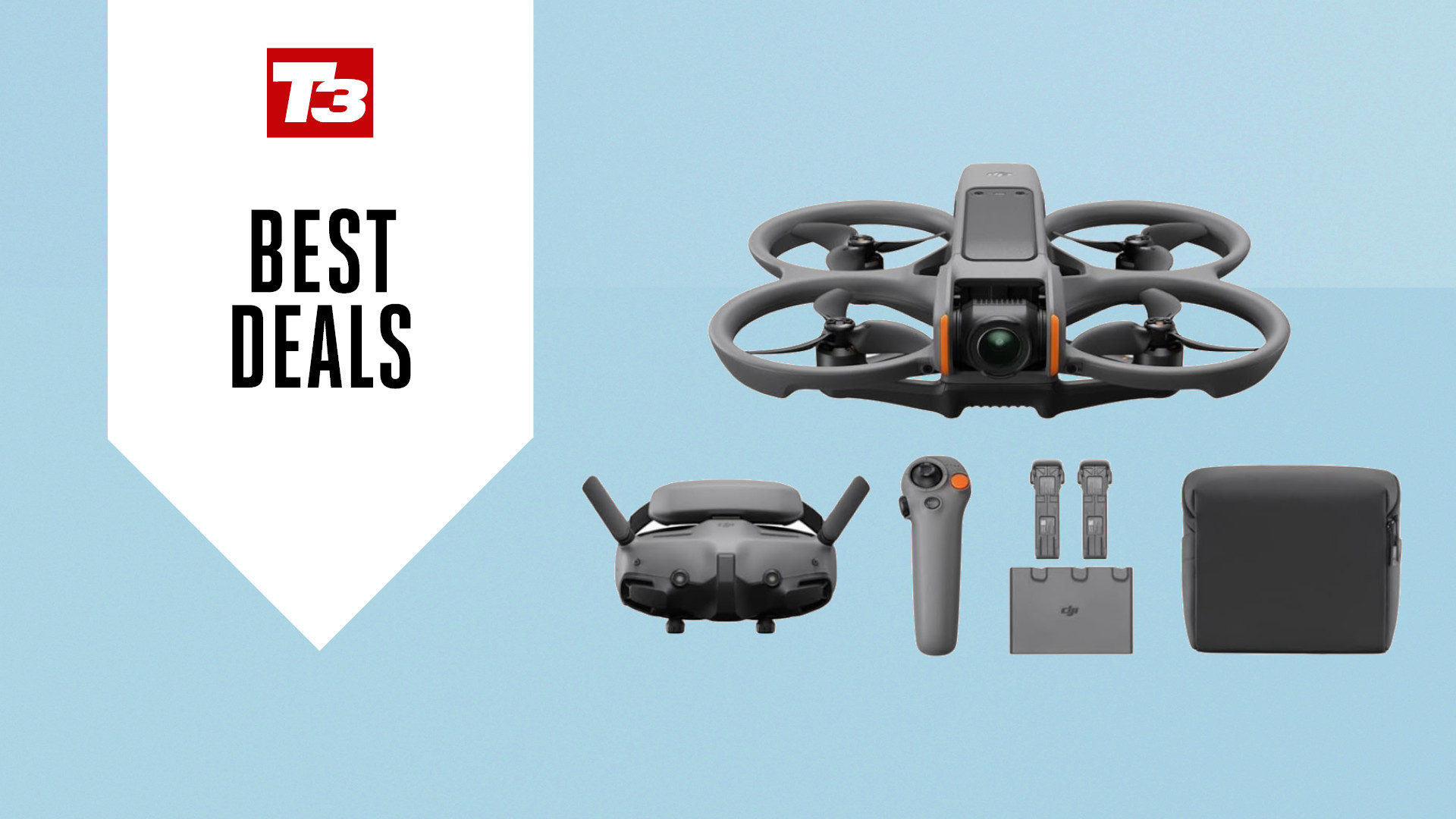 This DJI drone bundle has a (very) pretty pricetag in early Prime Day deal
This DJI drone bundle has a (very) pretty pricetag in early Prime Day dealIt's the cheapest it's ever been!
By Bryony Firth-Bernard
-
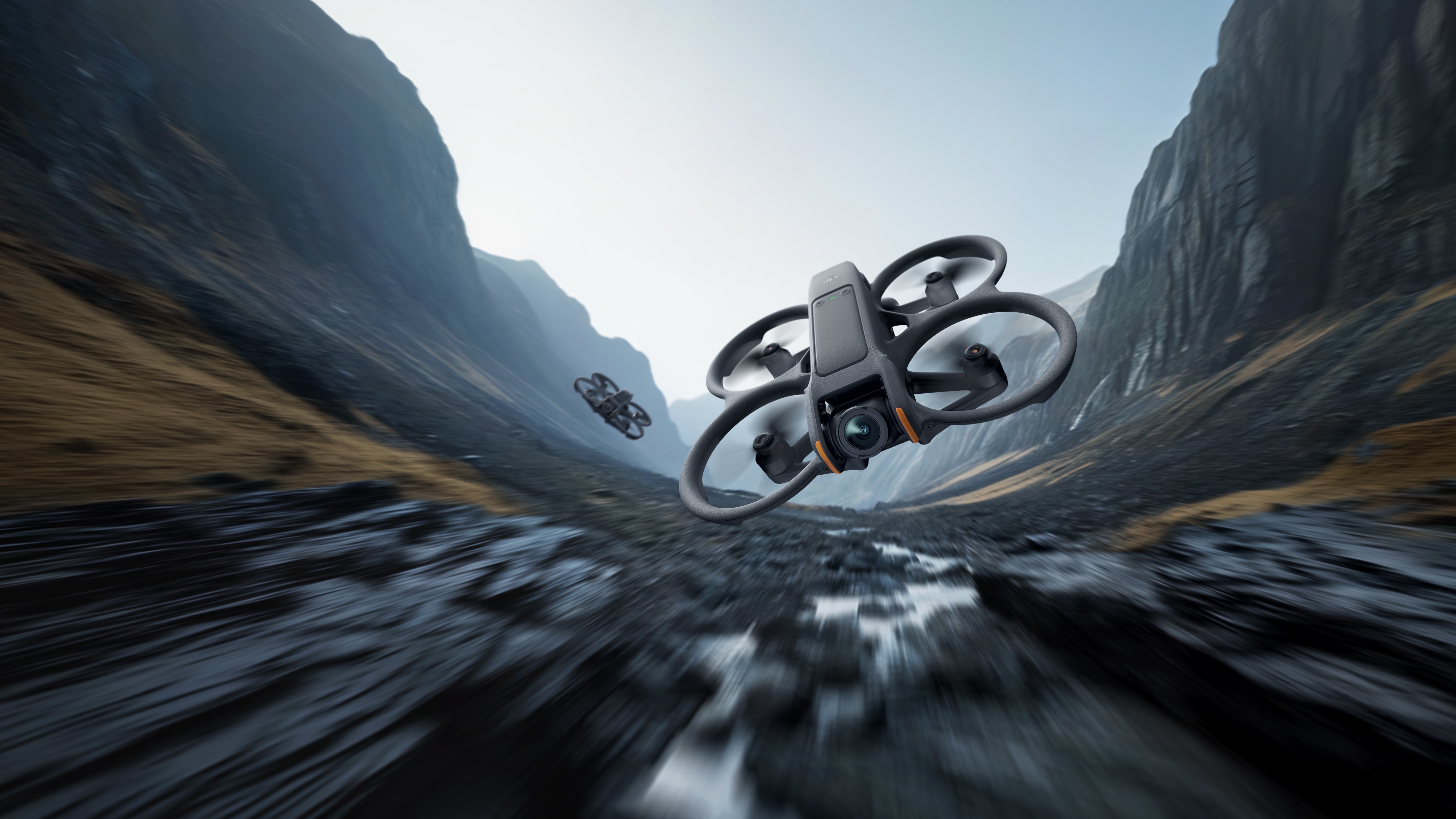
 DJI Avata 2 review: Next-level FPV flying for beginners
DJI Avata 2 review: Next-level FPV flying for beginnersStrap on your goggles and prepare for one of the most immersive experiences since Meta Quest
By Derek Adams
-
 Can a drone keep up with an F1 car? This one can
Can a drone keep up with an F1 car? This one canCustom-built drone built by the Dutch Drone Gods can reach speeds up to 350 km/h
By Matt Kollat
-
 DJI Mini 4 Pro vs DJI Mini 3 Pro: A worthy upgrade or more of the same?
DJI Mini 4 Pro vs DJI Mini 3 Pro: A worthy upgrade or more of the same?The Mini 4 Pro brings smart upgrades over the Mini 3 Pro, but are they enough to justify the upgrade? Here’s everything you need to know
By Derek Adams

